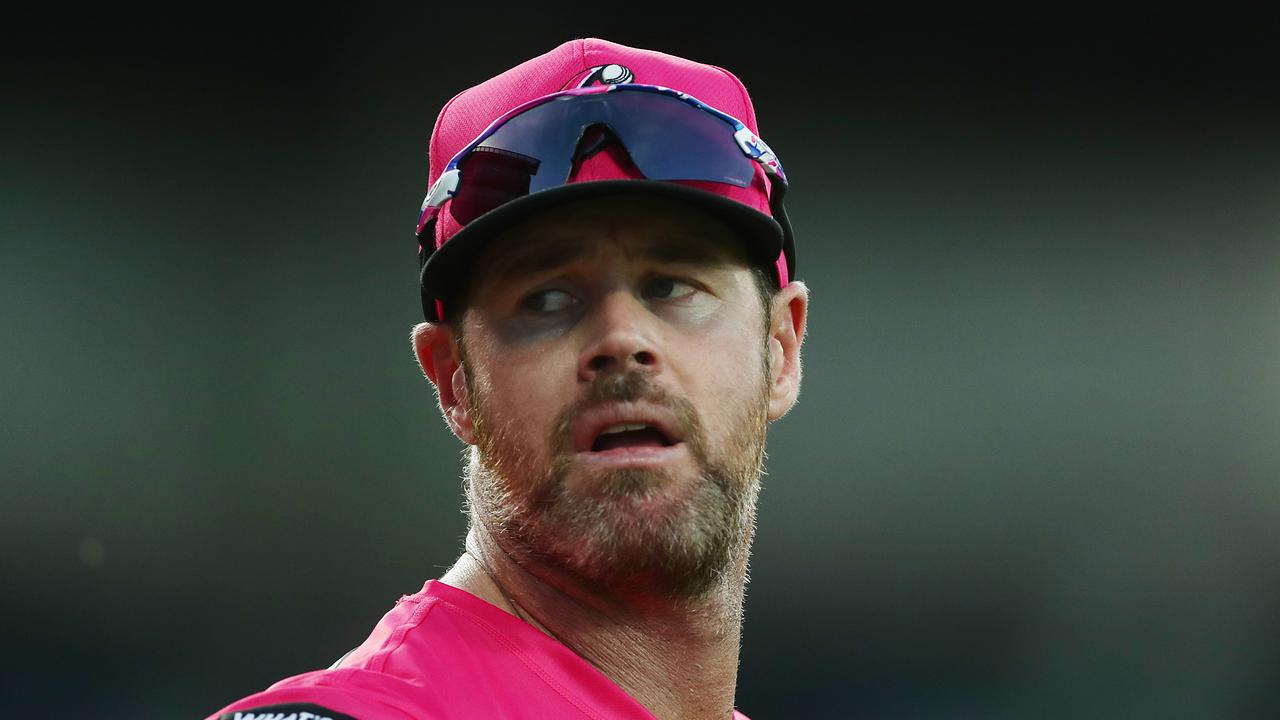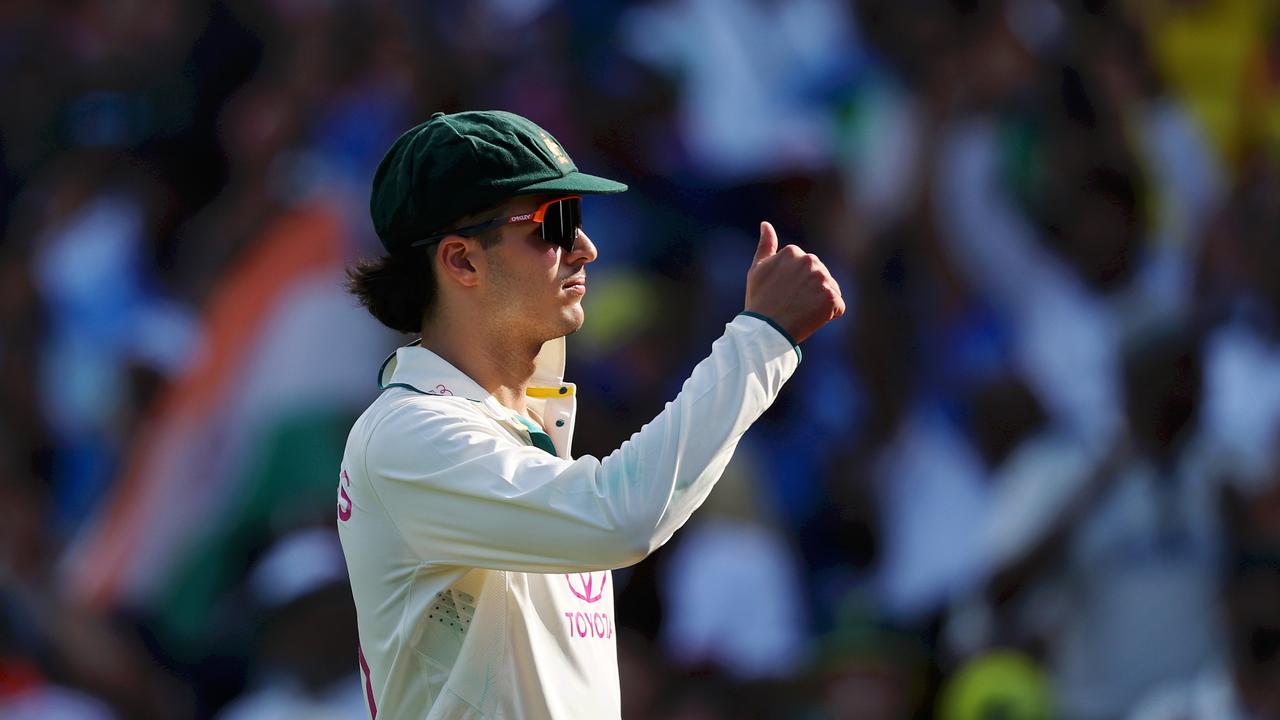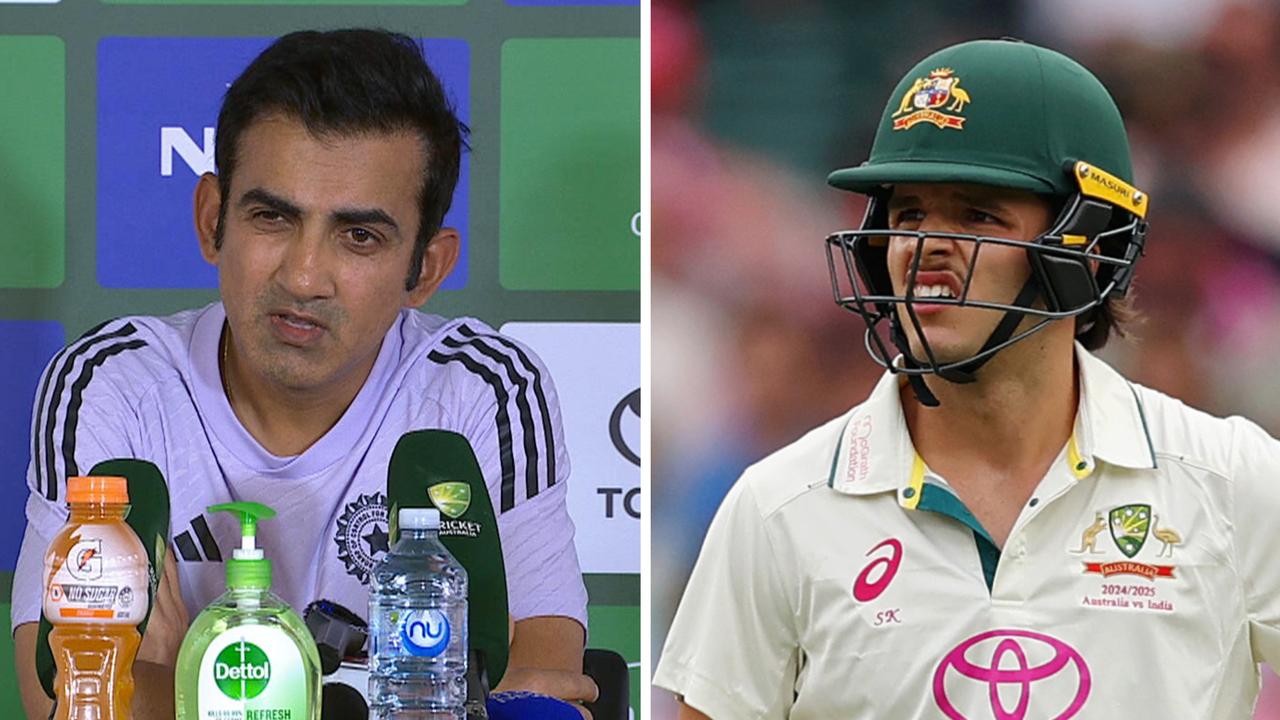Tears and cheers as Australia locks in 41-strong swim team for 2024 Paris Olympics | Nicole Jeffery

- by Admin
- June 15, 2024

The final night of the Olympic trials – last chance saloon for swimmers who had yet to qualify for the Paris Games – and the atmosphere was thick with emotion.
It started with tears. Everyone went to water after the Australian team’s long-time spiritual leader Cate Campbell fell short of qualifying for her fifth Olympic team in the 50m freestyle.
This race was the sequel to the 100m freestyle showdown 24 hours earlier, and featured most of the same protagonists. Each swimmer’s fate was decided in less than 25 seconds, or less than 24 for the winner, Shayna Jack, who set a personal best of 23.99sec and took another step on her path to redemption.
Fellow world medallist Meg Harris snatched the second individual place in the event (24.26) from the reigning Olympic champion Emma McKeon (24.32), who will contest just one individual event in Paris, the 100m butterfly, after winning four gold medals in Tokyo.
Former world champion Campbell, 32, finished seventh (24.76). For the first and last time in her 16-year international career, she fell short of the Australian team. The signs were there yesterday when she missed the 100m final, but she said she kept her hopes alive for one last day.
Once it was over, the crowd stood to acknowledge her. Younger sister and fellow four-time Olympian Bronte swam across four lanes to embrace her, and the rest of the field gathered around to hug her and tell her what she meant to them and the team.
“We have her to thank for where we are (on top of the world in female sprinting),’’ Jack said. It was a unique and beautiful send-off and reduced Campbell to tears. She said she would cherish that moment for the rest of her life.
“It’s bittersweet,’’ she said. “I had hoped for the fairytale ending, and it’s what I had worked for and what I felt I was capable of. And unfortunately, my body just said no.”
By contrast, pop star turned Olympic aspirant Cody Simpson was clear-eyed and grateful after he fell short in the men’s 100m butterfly, finishing fifth as national record-holder Matt Temple (51.15) clinched his place on the team in the penultimate race of the week.
“I gave it everything I had,’’ Simpson said. “I have been able to satisfy the fire that was burning inside me to compete.’’
The climax was the naming of a 41-strong Australian team for Paris, with the ambition to match or better the historic high point of the Tokyo Games. It includes 22 rookies, and three 30-year-olds, Emma McKeon, Bronte Campbell and Cameron McEvoy. Campbell and McEvoy will become four-time Olympians.
The trials have underlined the strength of the women’s team, spearheaded by Olympic champions Ariarne Titmus (who broke the 200m freestyle world record this week), Kaylee McKeown, and world champion Mollie O’Callaghan, who all have multiple gold medal chances. The three women’s relays are all gold medal contenders.
On the men’s side, there were no performances at gold medal standard, although 2023 world champions Kyle Chalmers and Sam Short were ill and will be contenders if they regain peak form for the Games. World No 1 ranked 50m freestyler McEvoy played his cards close to his chest and Olympic 200m breaststroke champion Zac Stubblety-Cook was still searching for his best form.
Twelve male swimmers finished in the top two in an event but missed the qualifying time, compared with four women, but most made their way onto the team as relay swimmers.
There has been criticism of the stiff Australian qualifying standards – equivalent to top eight in the world – but only one extra swimmer, 1500m winner Matt Galea, would have been selected if Australia had applied the more liberal World Aquatics standards.
According to Swimming Australia’s statistics, only one swimmer has come from outside the top 16 in the world to win a medal since 2000. Those already ranked in the top eight in the world when they go to the Olympics have won 90 percent of the medals.
There is nothing sentimental about the Australian team’s selection criteria. Romance is dead in elite sport, and so is the notion of the bolter who comes from nowhere to win Olympic gold, a la Jon Sieben and Duncan Armstrong in the 1980s.
For the last two Olympic trials, Swimming Australia has developed its own version of Moneyball, and it’s working. The Tokyo Games produced the best performance from an Australian swimming team in Olympic history, with nine gold medals (eight won by women). That was followed by a rare victory over the USA on the gold medal tally at last year’s world championships in Fukuoka.
So head coach Rohan Taylor is unapologetic about the strict qualifying criteria.
“It’s very, very tough,” Taylor conceded. “But we’re now going into a nine-day meeting where we need athletes who can swim comfortable in the morning, and then pick it up in the semis and then peak in finals. If they’re going flat stick to get into the semi, it’s a real struggle. And so we’re just trying to pick the right team and this is the criteria that’s helping us do that.”
The data crunching on the Tokyo team revealed that 60 percent of that team equalled or improved their performances from the trials to the Games, and repeating that achievement is now the primary goal of the sport’s high performance team in the six weeks before the Paris Olympics.
after newsletter promotion
“We know that if you get in the top five (rankings) and you convert, you’ve got a good chance of standing on the podium. We had the same amount of top fives (going into) Tokyo as we did in Rio, but our top fives in Tokyo converted,’’ Taylor said. The Rio team won three gold medals, one third of the Tokyo tally.
That is why the team management has planned the next six weeks with military precision. The entire team will fly to France this week for a three-week training camp at Canet-en-Roussillon on the French Riviera, where they will have warm weather and outdoor pools to reduce the risk of illness in the team.
Every coach of every Olympian, not just the team coaches, has been invited to the training camp there, and in Chartres, where they will do their final staging camp, before the team enters the Olympic village in Paris next month.
The ultimate goal, one that Australia has not achieved the 1956 Melbourne Olympics, is to knock the US team off its perch as the No 1 swimming nation.
“That’s the America’s Cup for us,’’ Taylor said. “That’s why we have the Boxing Kangaroo (designed for the victorious 1983 America’s Cup campaign) as our mascot – red gloves for aggression, puffed chest for pride.’’
“We have a huge respect for (the USA), they’re the standard-bearers. There’s a reason why no-one else has topped the medal tally in 70 years, because they are that good, and they always show up.
“We are a small nation aiming to be the best. They are the best and they will always be the best, until they are not.’’
The US trials begin today in Indianapolis and run for nine days. By the end, the Australian team will know if it has a realistic shot of winning America’s Cup.
The Australian team is:
Debut (22)
Iona Anderson, Ben Armbruster, Jaclyn Barclay Jack Cartwright, Abbey Connor, Elizabeth Dekkers, Jenna Forrester, Maximillian Giuliani, Shayna Jack, Lani Pallister, Alexandria Perkins, Jamie Perkins, William Petric, Ella Ramsay, Samuel Short, Flynn Southam, Kai Taylor, Samuel Williamson, Bradley Woodward, Olivia Wunsch, William Yang, Joshua Yong
2nd Games (13)
Isaac Cooper, Meg Harris, Zac Incerti, Se-Bom Lee, Kaylee McKeown, Thomas Neill, Mollie O’Callaghan, Brendon Smith, Jenna Strauch, Zac Stubblety-Cook, Matthew Temple, Ariarne Titmus, Elijah Winnington
3rd Games (3)
Kyle Chalmers, Emma McKeon, Brianna Throssell,
4th Games (2)
Bronte Campbell, Cameron McEvoy
*Note: Moesha Johnson has been selected for both pool and open water events.
The Latest News
-
January 7, 2025Shane Lowry shares extremely relatable concern about taking the first-ever shot of TGL – Australian Golf Digest
-
January 7, 2025New Scotty Cameron putters appear at the Sony Open in Hawaii. Is retail the next stop? – Australian Golf Digest
-
January 7, 2025LIV Golf announces 2025 schedule, returns to President-elect Trump property – Australian Golf Digest
-
January 7, 2025Sony Open DFS picks 2025: Bet on golf’s next big talent – Australian Golf Digest
-
January 7, 2025Australian Open 2025 schedule and draw: Dates, seeds, format and favourites for first Grand Slam of year





